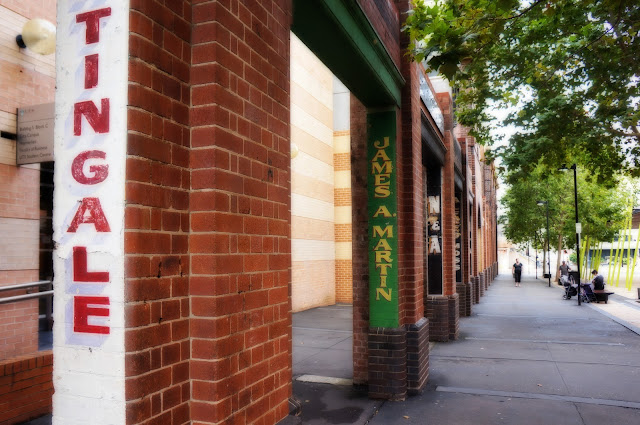Photoshop, you either love it or hate it.
The purists will argue that Photoshop has no place in photography and others will dispute it will have a significant impact and has a role to play, the dark side of photojournalism will twist and distort images to generate a response from a reader through Photoshop. A perspective can be read < here >
The reality is this is subject is as juxtaposed as any other image quality. Light vs Dark. Digital vs Film. Zoom vs Macro. Black/White vs Colour. And so on...
I like Photoshop. I like how it can be used to create contrasting effects and how it can give you some control over the image after it has been taken and allows you to impose certain treatments in order to get a photo to look the way you want it to or even reveal a certain perspective that is surprising and interesting.
But ... do agree, it's more difficult and requires more skill to create a natural image that is as compelling a perfectly positioned, timed and executed photo. In all cases a great photo natural or digitised has a profound effect on the viewer and that to me is as good a reason to explore all alternatives.
For example take this image, taken recently around the Haymarket UTS campus. I like the original basic image but also really like the different treatments you can apply, all within a couple of clicks and yet create some amazing (but template) variations to a photo.
The purists will argue that Photoshop has no place in photography and others will dispute it will have a significant impact and has a role to play, the dark side of photojournalism will twist and distort images to generate a response from a reader through Photoshop. A perspective can be read < here >
The reality is this is subject is as juxtaposed as any other image quality. Light vs Dark. Digital vs Film. Zoom vs Macro. Black/White vs Colour. And so on...
I like Photoshop. I like how it can be used to create contrasting effects and how it can give you some control over the image after it has been taken and allows you to impose certain treatments in order to get a photo to look the way you want it to or even reveal a certain perspective that is surprising and interesting.
But ... do agree, it's more difficult and requires more skill to create a natural image that is as compelling a perfectly positioned, timed and executed photo. In all cases a great photo natural or digitised has a profound effect on the viewer and that to me is as good a reason to explore all alternatives.
For example take this image, taken recently around the Haymarket UTS campus. I like the original basic image but also really like the different treatments you can apply, all within a couple of clicks and yet create some amazing (but template) variations to a photo.
 |
| Basic Photo no digital effects applied, it's the reality and the least complex. |
 |
| Lomography effect applied, which applies a vignette and cross processing effect over the image to give it a retro pop effect. |
 |
| The Orton effect, the blur effect which originally occurred from merging a blurred and focused image. Reminds me of 90's family portraits. |
 |
| The sketch effect, basically bleaches an image while retaining the edges. |
 |
| Glowing edges contrast, polarises the image while adding some neon edge colour and creates amazing unique images. |

No comments:
Post a Comment